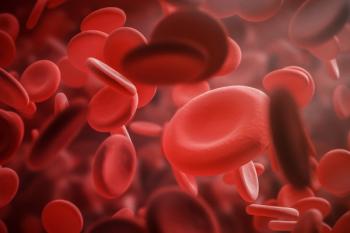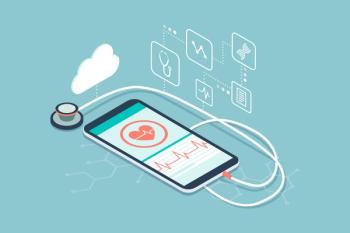
How pharmacy technology has evolved: What is and what could be
During the past 50 years, advances in technology have enabled pharmacists to become more efficient and more accurate during the typical day, while simultaneously giving pharmacy personnel more time to interact one-on-one with patients.
During the past 50 years, advances in technology have enabled pharmacists to become more efficient and more accurate during the typical day, while simultaneously giving pharmacy personnel more time to interact one-on-one with patients.
The relentless slog forward toward faster, cheaper, and better technology during the past half-century does seem to be paying off. According to a 2002 study released by Purdue University, medical advances falling under the broad mantle of information technology and its various permutations throughout the hospital environment have been shown to save time and money and to reduce medication errors throughout the hospital.
"We developed a computer simulation model and used it to evaluate the effectiveness of a number of information technology applications," said James G. Anderson, Ph.D., lead author of the study, "Evaluating the Impact of Information Technology on Medication Errors: A Simulation."
With such savings and new efficiencies in mind, what follows is a look at three key highlights in the evolution of pharmacy, along with some perspectives of what is-and what could be.
Bar-coding and automated dispensing
Bar-coding, along with its use in the automated dispensing of drugs, is probably one of the least controversial technologies in terms of the enhancements it brings to a hospital pharmacy due to its relatively low cost. For example, a study released last September by Brigham and Women's Hospital (BWH) and Harvard Medical School (HMS) found that the rate of dispensing errors generated by a bar-code-enabled drug-dispensing system fell by 85%. In addition, the potential of adverse drug events fell 63%.
"Overall, the use of bar-code scanning appears to have a significant impact on the rate of dispensing errors that were serious enough to potentially harm patients," said Eric Poon, M.D., HMS assistant professor of medicine at Brigham and lead author of the study. "We saw that bar-code scanning dramatically reduced the likelihood that the wrong medications or wrong doses of medications would be dispensed from the pharmacy to the nursing units."
For a hospital like Brigham, which dispenses about six million doses of medications a year, Poon said that bar-code technology is preventing about 13,000 dispensing errors every year, of which about 6,000 could have caused harm to patients.
Newsletter
Pharmacy practice is always changing. Stay ahead of the curve with the Drug Topics newsletter and get the latest drug information, industry trends, and patient care tips.

















































































































